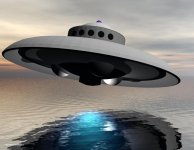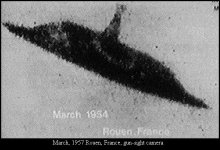No, not that long at all. Maybe worst case could average as much as, say, ten seconds per picture. And yes, a vacation trip with a thousand pictures would be worst case. Surely varies, but maybe up to three hours? Maybe longer, it depends on how bad they were, how hard they are. Because every such picture is probably in a different situation, white balance, exposure, etc. To get it right, you may have to try a few things on a few of them. But now you can - you have the luxury of actually seeing the result you got, so that you know what it needs. You just tweak it in. You cannot do that in the camera, before you take it, or even reach the scene.
Isn't a long vacation of 1000 pictures worth three more hours to enhance your photos? Edit is not the right word, the operation is correcting your images.
What is the alternative? Leave them like they are? If you really don't care, then so be it, but we simply cannot get WB and exposure right on all of them out of the camera. Really not on even many of them once you gain some skill in looking at them, and know the difference, and realize that they need help. When you see them made right, then you know. If you want them fixed, you have to fix them. Raw simply offers the best, most powerful, most range, most versatile tools, makes it be nearly trivial, which is why Raw is wildly popular (with those that care). By good tools, I mean NOT like any photo editor, but tools designed for camera images, tools named White Balance and Exposure... the things you need to do.
Yes, first day might be harder, but you get real good at it, real fast. You sort of glance at one, click White Balance, click exposure, maybe crop it, and go to the next. Sure, a few will take a little more, maybe even worse needing another try, or two (and no good like they are). But some will be alike, and of course, there are more things yet you could do. But don't doubt for a second that IT WILL change your photographic life. Your friends will say "your camera sure does take good pictures".

Best case is a hundred pictures in the same situation, or of only a few situations, little variation. Like a portrait session with flash. White balance and exposure are all the same situation, and you can do all one hundred at once, in the same one click, same few seconds. Possibly including cropping too, but yes, you do have to go through and look at each one, for a second or two, just to check. A few might be exceptions, esp cropping (subjects move).
After you fix them, then you simply output them to JPG for use. 1000 could take a few minutes, but it's a batch, you can go have coffee. Then you have what you would have had out of the camera, except they are better, and good, all fixed now. You will want to calibrate your monitor, with something like Spyder, so you are working towards the correct goal.
I'd invite you to look at
Why shoot Raw? (about this subject)


